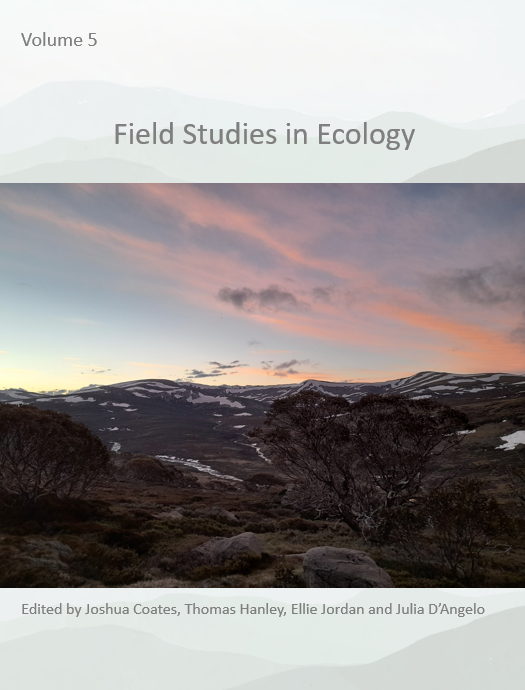Variations in Thermal Tolerance and Leaf Morphology in Alpine Ranunculus Species in Kosciuszko National Park
Main Article Content
Keywords
Tcrit(hot), Tcrit(cold), Thermal Niche, Species Distributions, Habitat
Abstract
As global temperatures increase under climate change, understanding the thermal tolerance of plant species and how this relates to other functional traits is becoming increasingly important. I investigated thermal tolerance and leaf morphology in six interfertile alpine Ranunculus species that occur in water-inundated and terrestrial habitats in Kosciuszko National Park, Australia. I sought to identify whether thermal tolerance and leaf morphology differed between species and between habitats, and whether leaf morphological traits were correlated with measures of thermal tolerance. The critical minimum and maximum temperatures at which photosystem II in leaves becomes irreversibly damaged; Tcrit (cold) and Tcrit (hot), respectively, were measured using chlorophyll fluorimetry techniques to represent plant thermal tolerance, and thermal tolerance breadth (TTB) calculated. Functional traits affecting plant responses to temperature change and inundation, including leaf dissection, effective leaf width, leaf area, leaf mass per unit area (LMA) and leaf thickness, were also assessed. Species differed in thermal tolerance and all leaf morphology characteristics measured. Plants from inundated habitats had lower heat tolerance and TTB than plants from drier, not inundated habitats, and exhibited more dissected leaves with lower leaf width, area, LMA and leaf thickness. Thermal tolerance characteristics were weakly related to most morphological traits, however strong positive correlations between TTB and both LMA and leaf thickness emerged in my data. These results provide insight into the ability of alpine Ranunculus species to cope with future climate extremes and how leaf morphology may contribute to thermal tolerance. Avenues for future research into predictors of thermal tolerance and drivers of leaf morphology in inundated and terrestrial alpine habitats are also identified.

